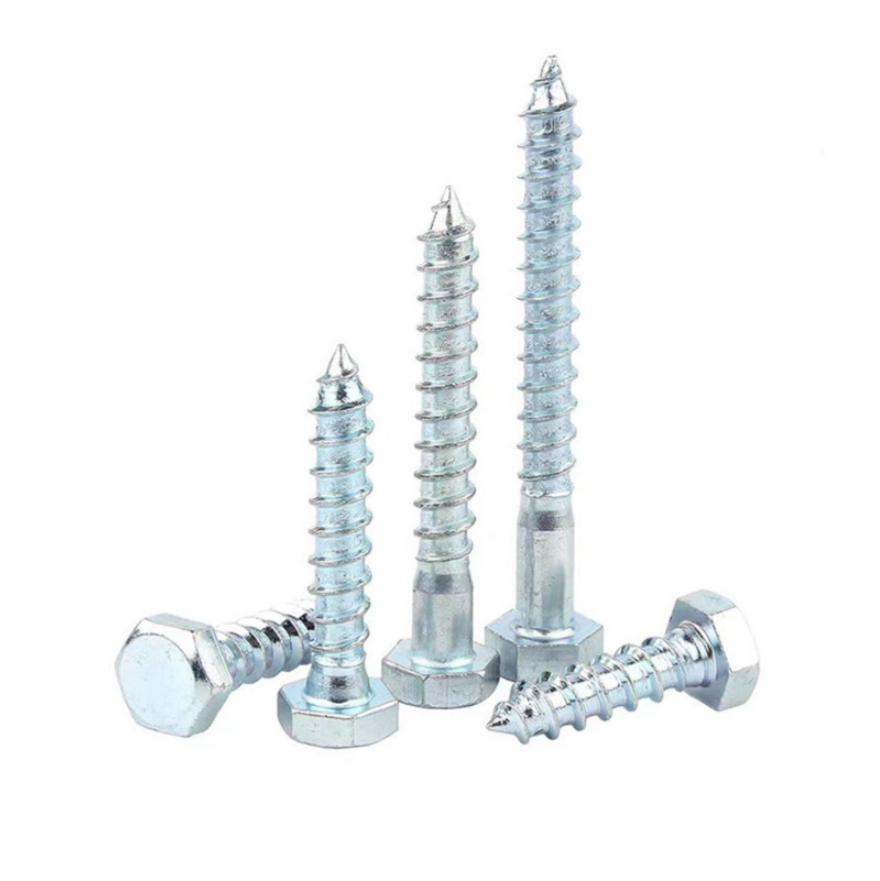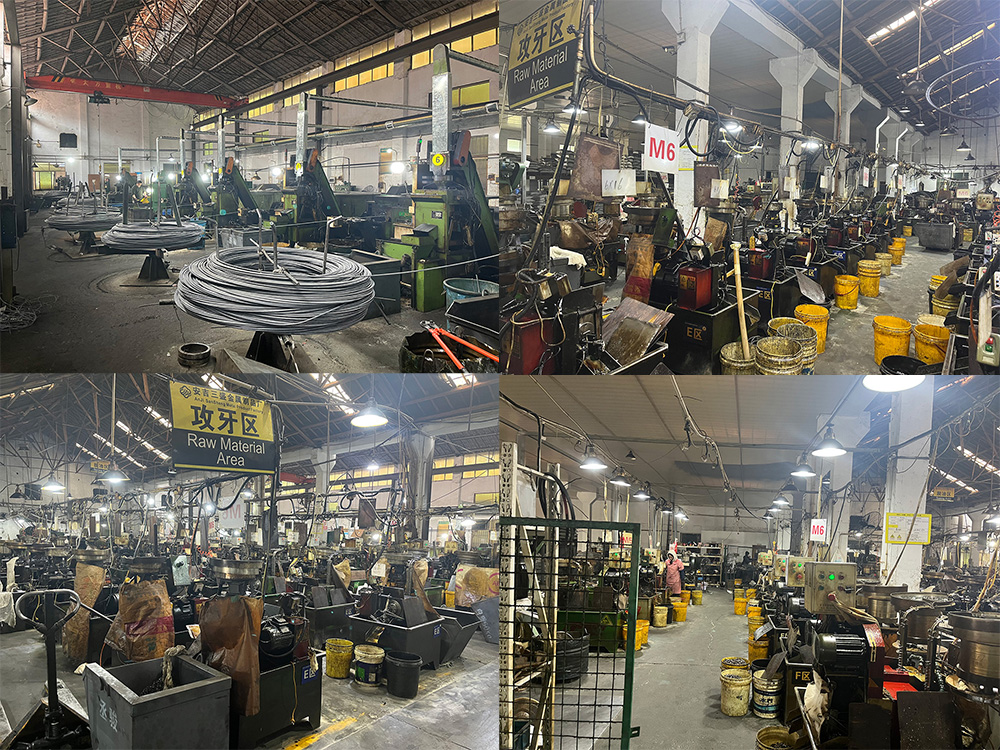Installation Tips for DIN 571 Hex Head Wood Screws
The DIN 571 hex head wood screw, also known as the lag screw or coach screw, is widely used for heavy-duty wood connections. To ensure secure fastening and avoid damage to the material, correct installation steps and tool selection are essential.
As a professional fastener manufacturer, Xinchi is glad to share a DIN 571 installation guide that will help you achieve firm, stable, and long-lasting results.

Tools Needed for DIN 571 Hex Head Wood Screw Installation
Before installing the DIN 571 hex head wood screw, prepare the necessary tools to ensure safety and efficiency.
- Wrench or socket spanner for manual tightening and torque control
- An electric wrench or impact driver for large-scale projects requiring speed and power
- Drill and drill bits for pre-drilling pilot holes to prevent wood cracking
Always use a wrench size that precisely matches the screw head to avoid slippage or damage during tightening.
Pre-Drilling Guide for DIN 571 Hex Head Wood Screws
Pre-drilling is highly recommended when installing DIN 571 hex head wood screws, especially on hard or dense wood. Without a pilot hole, the wood may split or the screw may go off-angle.
- Pilot hole diameter should be around 70–80% of the screw’s outer thread diameter.
- Pilot hole depth should be slightly shorter than the screw length.
- For a cleaner look, a shallow countersink can be made to keep the screw head flush with the surface.
Proper pre-drilling improves installation accuracy and extends the life of both the screw and the wood.
Tightening Direction and Torque Control for Hex Wood Screws
The DIN 571 hex wood screw should always be tightened clockwise. When using power tools, maintain a moderate speed to prevent overheating or wood fiber damage.
- Stop tightening when the screw head is level with the wood surface; over-tightening can cause stripping or surface indentation.
- Apply a small amount of wax or oil to the threads to reduce friction and make tightening smoother.
- For batch assembly, use an electric wrench with torque control to ensure consistent fastening strength.
Common Installation Mistakes of DIN 571 Hex Head Wood Screws and How to Avoid Them
1. Skipping the pre-drilling step may lead to cracks or splitting in the wood.
Solution: Always pre-drill, especially near edges or on hardwood surfaces.
2. Using the wrong wrench size can damage the hex head and reduce torque accuracy.
Solution: Choose a properly matched wrench or socket head.
3. Over-tightening may strip the wood threads or cause the wood to deform.
Solution: Tighten until the screw is snug, then stop.
4. Installing at an incorrect angle can weaken the holding strength.
Solution: Keep the screw perpendicular to the wood surface during installation.
How to Install DIN 571 Hex Head Wood Screws Correctly
Proper installation of DIN 571 hex head wood screws ensures reliable structural performance and long-term durability. By selecting suitable tools, pre-drilling accurately, and maintaining correct torque, you can achieve a secure connection for furniture, timber structures, and outdoor projects.
For more information about DIN 571 installation or to explore Xinchi’s range of hex head wood screws, visit our official website for product details and professional guidance.

XINCHI is a trustworthy fastener company, especially in furniture nuts. We have a factory, founded in 2007. We are the designated fastener supplier to“STAPLE”. As a trusted fastener supplier, XINCHI offers a wide range of high-quality fasteners, including nuts, screws, bolts, rivets, and washers. If you would like to learn more about fasteners or are interested in wholesale fasteners, please do not hesitate to contact us. Our experienced and expert service team will reply as soon as possible.

